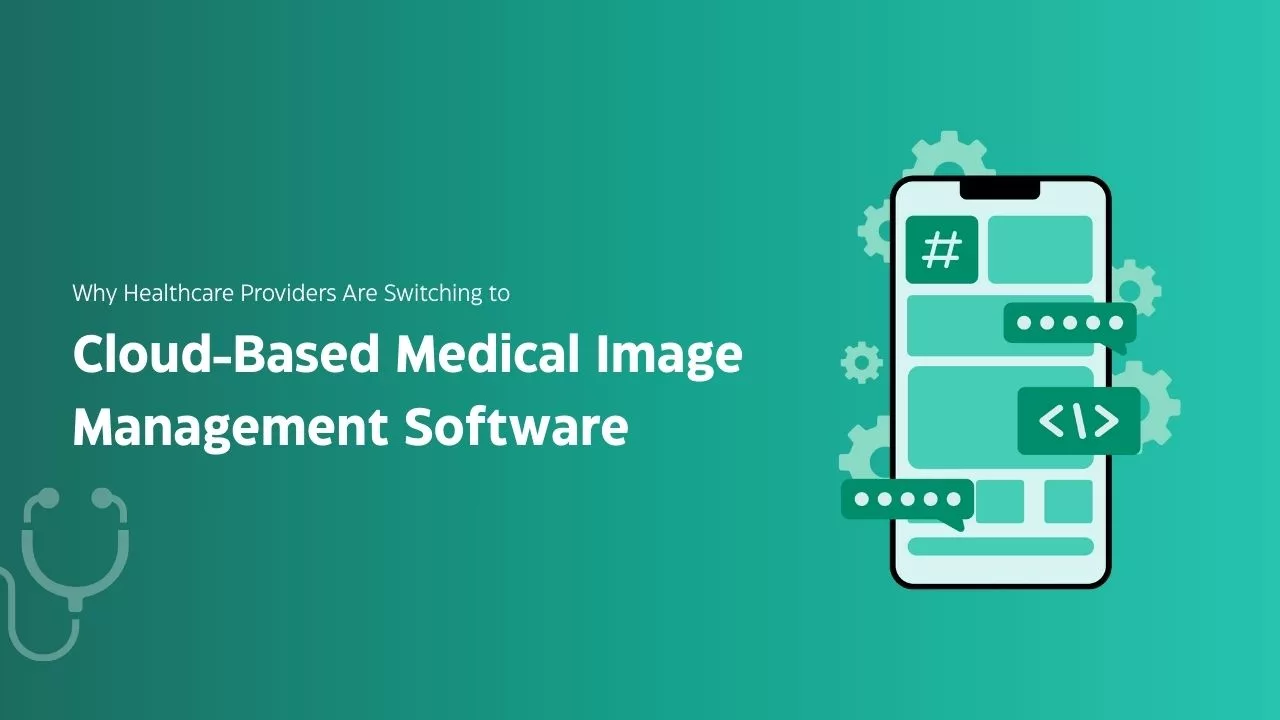A Cloud‑Based GIS moves the heavy lifting of storage, processing, and sharing of spatial data from local servers to purpose‑built data centers run by trusted providers. Instead of keeping shapefiles on a dusty machine in a back room, teams log in through a secure browser, upload layers, run analyses, and publish live maps from anywhere with an internet signal. Because the hardware and maintenance sit elsewhere, organizations focus on questions the maps can answer, not on keeping servers alive.
Also read: Handpicked 10+ Cloud Consulting Companies | Hire The Best Firm
Why the Rush to the Cloud? The Real‑World Payoffs
Cloud adoption is not hype; it is a response to stubborn pain points in traditional GIS operations. Below are the core benefits most firms see within the first year of migration.
| Benefits | What It Means |
|---|---|
| Always‑on access | Staff and partners view or edit the same map in real time, whether they are in the field or in the boardroom. |
| Elastic performance | Need extra horsepower to process a LiDAR set? Spin up more compute in minutes, then spin it back down and pay only for what you used. |
| Lower capital cost | No need for a six‑figure server purchase up front; expenses move to an OPEX model that is easier to budget. |
| Built‑in redundancy | Cloud platforms mirror data across zones, reducing downtime and data loss risk. |
| Faster upgrades | Vendors roll out the latest GIS tools automatically, so you are never more than a login away from new capabilities. |
| Easier collaboration | Shared dashboards let planners, stakeholders, and the public see “one source of truth” instead of email chains with outdated attachments. |
| Security at scale | Leading providers employ full‑time security teams, encryption in transit and at rest, and compliance certifications that many single organizations could not achieve alone. |
Bottom line: Cloud‑Based GIS keeps you nimble. You get the speed of a startup with the reach of an enterprise system.
The Hidden Hero: Trusted GIS Services
While cloud vendors supply the toolbox, success often hinges on people who understand both spatial science and cloud engineering. Partnering with specialized GIS services helps you scope storage tiers, design data pipelines, and build intuitive front‑ends that everyday users love.
Mapping the Journey – Questions to Ask Before You Migrate
- What data absolutely cannot leave your premises?
Regulatory or defense datasets may require a hybrid design. - How big is your current footprint?
Inventory vector, raster, imagery, and application dependencies so you avoid surprises mid‑migration. - Which users need offline access?
Mobile crews may need field apps that sync when connectivity returns. - Are you ready for a subscription model?
Align finance and procurement early so monthly charges do not stall the rollout. - Do you have a champion?
Success stories show smoother adoptions when one person owns the vision and milestones.
A Step‑by‑Step Roadmap to GIS Cloud Implementation
This step‑by‑step implementation roadmap walks you through every phase of the process, from assessing your current setup to launching and optimizing your new system. Whether you’re moving to a full SaaS solution or adopting a hybrid model, each step is designed to minimize disruption, enhance security, and empower your users. Let’s break down how to migrate your GIS to the cloud—smoothly and successfully.
- Step 1 – Baseline Assessment
Audit data volumes, existing hardware, network bandwidth, and critical workflows. Document the pain points users face today.
- Step 2 – Choose Your Deployment Pattern
– Public cloud SaaS (e.g., ArcGIS Online, GIS Cloud) for rapid start‑ups.
– Managed cloud IaaS/PaaS when you need custom apps, but let a partner tune servers.
– Hybrid if sensitive layers stay on‑prem, while public layers publish from the cloud. - Step 3 – Design the System Architecture
Reference best‑practice blueprints that balance performance, cost, and security. Esri’s architecture briefs suggest load‑balancing front ends, isolated data stores, and autoscaling groups to keep response times tight even at peak usage.
- Step 4 – Pilot Migration
Move a non‑critical project first—perhaps a public parks viewer—and gather feedback on speed, uptime, and interface usability.
- Step 5 – Data Migration & Validation
Batch‑upload historical layers, enable scheduled ETL jobs for live feeds, and run spot checks to confirm symbology, coordinate systems, and attribute integrity survived the move.
- Step 6 – Harden Security
Enable single sign‑on, enforce multifactor authentication, and apply role‑based access so that only editors edit and viewers just view. Use built‑in monitoring dashboards to flag anomalies in logins and data access.
- Step 7 – Train and Support Users
Host short, task‑oriented sessions—“How to publish a story map” beats a five‑hour lecture. Provide cheat sheets and let power users mentor peers.
- Step 8 – Measure and Iterate
Track metrics such as average map load time, edit sync success, and daily active users. Compare against your baseline to prove improvement.
Common Roadblocks—and How to Clear Them
| Roadblocks | Quick Fix |
|---|---|
| Sticker shock over egress fees | Compress imagery, cache tiles, and schedule bulk exports during off‑peak hours. |
| Bandwidth bottlenecks in rural offices | Provide offline‑first field apps that sync when LTE or Wi‑Fi appears. |
| Change resistance | Spotlight early wins—faster map loads or fewer help‑desk tickets—to gain buy‑in. |
| Security concerns | Map data sensitivity levels and apply tags so policies enforce themselves automatically. |
Looking Ahead – The Future of Cloud‑Based GIS
- AI‑Enhanced Analysis: Machine‑learning models will auto‑classify new satellite images within minutes, letting planners detect land‑use changes before problems balloon.
- Edge‑Cloud Fusion: IoT sensors at bridges or pipelines will stream data directly into cloud maps, providing near‑real‑time situational awareness.
- Low‑Code Map Builders: Drag‑and‑drop interfaces already let non‑developers design dashboards; expect these tools to grow even more intuitive, like building a slideshow.
- Stronger Interoperability: Open standards such as OGC API will make it easier to mix layers from different providers without format headaches.
Turning Vision into Value
A decade ago, enterprise GIS meant racks of servers and a small army of admins. Cloud‑Based GIS flips that script. You pay only for what you need, scale on demand, and hand routine patching to a civil engineering company in Houston, such as Pape-Dawson, so your team can focus on insight, not infrastructure. The payoff shows up in shorter project timelines, clearer collaboration, and happier end users.
Whether you manage city streets, restore wetlands, or design highways, the path forward is similar:
- Audit where you stand.
- Pick a cloud pattern that matches your data sensitivity and performance needs.
- Lean on expert partners for the heavy lifting.
- Train your people and track the numbers.
Follow that roadmap and your maps will do more than display information—they will drive smarter decisions every single day.










Leave a Reply